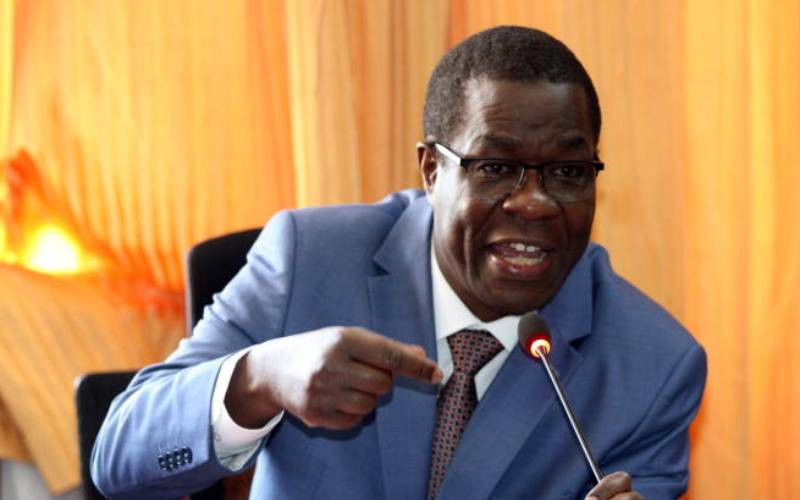Kenya has revived its long-stalled ambitions to become an oil-producing nation after the government approved the South Lokichar Basin Field Development Plan (FDP), unlocking a Sh793 billion investment in Turkana. Energy and Petroleum Cabinet Secretary Opiyo Wandayi announced the milestone on Thursday, terming it a turning point in Kenya’s journey toward a modern, diversified economy.
Wandayi, who signed the instruments required for parliamentary ratification under Article 71 of the Constitution and the Petroleum Act, said the approval signals Kenya’s transition from exploration to full-scale production for the first time. The FDP now moves to Parliament for final approval.
The development follows years of delays that saw several partners exit the project. In April, Tullow Oil PLC formally left Kenya after selling its entire portfolio to Gulf Energy Ltd for a minimum of $120 million. The revived plan is now being championed by Gulf Energy E&P BV (GE), the licensed developer for Blocks T6 and T7.
The FDP details a phased strategy to develop six discoveries within the South Lokichar area. The total investment is estimated at $6.1 billion, with projected recovery of 326 million barrels over a 25-year period. Phase 1 aims to produce 20,000 barrels per day, rising to 50,000 barrels under Phase 2. First Oil is targeted for December 2026, with full ramp-up expected by 2032.
According to Wandayi, the project will generate widespread economic benefits, including job creation, local procurement, skills development, and improved infrastructure, particularly in Turkana and West Pokot counties. Nationally, the plan is expected to strengthen Kenya’s balance of payments, attract global investors, and build local technical capacity in petroleum engineering and operations.
The ministry affirmed its confidence in GE’s ability to deliver the project on schedule and emphasized the need for strong collaboration with county governments and local communities. The state also plans to open additional oil blocks for licensing as Kenya seeks to strengthen its position in the regional energy landscape.

